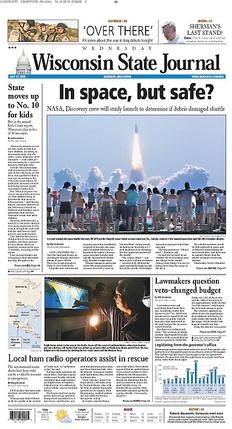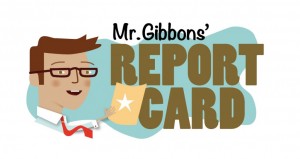State Legislatures
In 2011, states enacted 13 laws expanding private school choice. It was a good year for the movement.
But as Jason Bedrick of the Cato Institute pointed out last month, 2015 could be at least as big. Since he wrote that, Nevada has passed an education savings account program, bringing the total programs created or expanded to 10 so far this year. Some legislatures are still in session.
Even if 2015 doesn’t surpass the 2011 record, there are two important highlights:
- The number of education savings account programs more than doubled, from two to five, with several more states debating legislation. How popular will this style program become in future years?
- The addition of programs in Arkansas, Montana, Nevada, and Tennessee brings the total number of states with private school choice programs to 27. For those not keeping score at home, more than half of all states are now home to a private school choice program.
Grade: Satisfactory
Educators exhausting esoteric economic expressions
Assuming Eskelsen García wasn’t simply using “commodity” as a scary-sounding word, we know that a commodity is something like wheat or copper —something that is for sale, usually a raw material that has near-uniform value across different producers. Unlike, say, gym memberships, its value isn’t derived from effort by the consumer. Unlike, say, schools, its value isn’t affected by ideas like social capital, or a sense of belonging.
While the value of wheat may be largely the same from one farm to the next, education’s impact is determined by a number of factors, from the quality of teaching (which varies greatly within schools and between them), to the student’s ability and willingness to learn. Different people might derive different value from the same educational experience.
Education isn’t technically a commodity. It is, however, a service. Like most all other services, it becomes better when people have choices. What’s terrifying about that?
Grade: Needs Improvement
Chris Rickert, Wisconsin State Journal

Still, saving money was never the best reason to support school vouchers in the first place. Rickert finds a better reason. He writes:
Ultimately it probably comes down to whether you think parents should be able to choose their kids’ schools when taxpayers are flipping the educational bill.
At one point late in the column, Rickert appears to place a little too much faith in a fellow journalist’s ability to report accurately and objectively on education policy. Aside from that, he’s right on the money.




